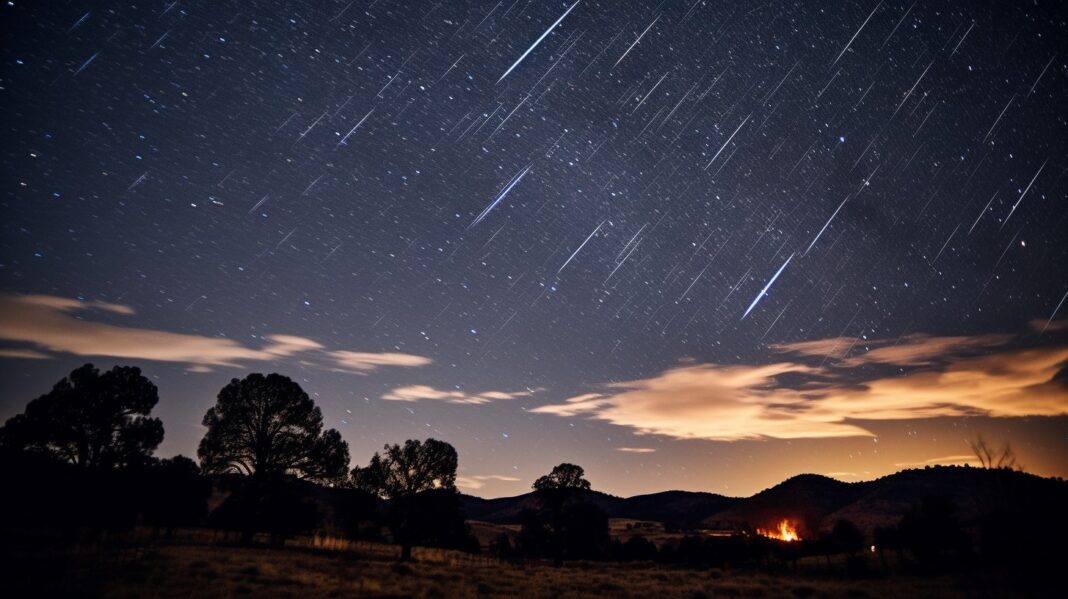NASA reports that, although the Southern Taurids meteor shower typically averages only five meteors per hour, it is renowned for its high concentration of fireballs, which are meteors with apparent brightness greater than that of Venus, the second-brightest celestial object in the night sky, after the moon.

According to Bill Cooke, the head of NASA’s Meteoroid Environment Office, “Meteors are a unique feature of the night sky that captivate people’s attention.” When you step outside, you can observe the constant celestial objects such as planets, the moon, and stars. However, meteors are not always visible, adding to their fascination as fleeting features of the night sky. The best time to venture outside and attempt to spot a meteor, weather permitting is after midnight in any time zone. Nevertheless, if you are determined to see one, you might need to stay out late, as per Cooke. He notes that so far, NASA’s meteor cameras have recorded just one or two Taurids every night.

The American Meteor Society predicts that the moon will be around 44% illuminated at the shower’s peak. Although the Taurid meteors are typically bright, the moon’s illumination could pose problems when observing fainter meteors, according to Cooke. He advises, “Look away from the moon, but there’s no preferred direction—just try to take in as much of the sky as possible.” It is not recommended to use a telescope for observing meteor showers because the field of view is too narrow.
The American Meteor Society reports that meteors from the Southern Taurids will remain visible in the sky until the showers end on December 8. As of now, the Southern Taurids overlap with the Northern Taurids, which began appearing in mid-October and are expected to peak on Sunday, November 12, in the following week.


